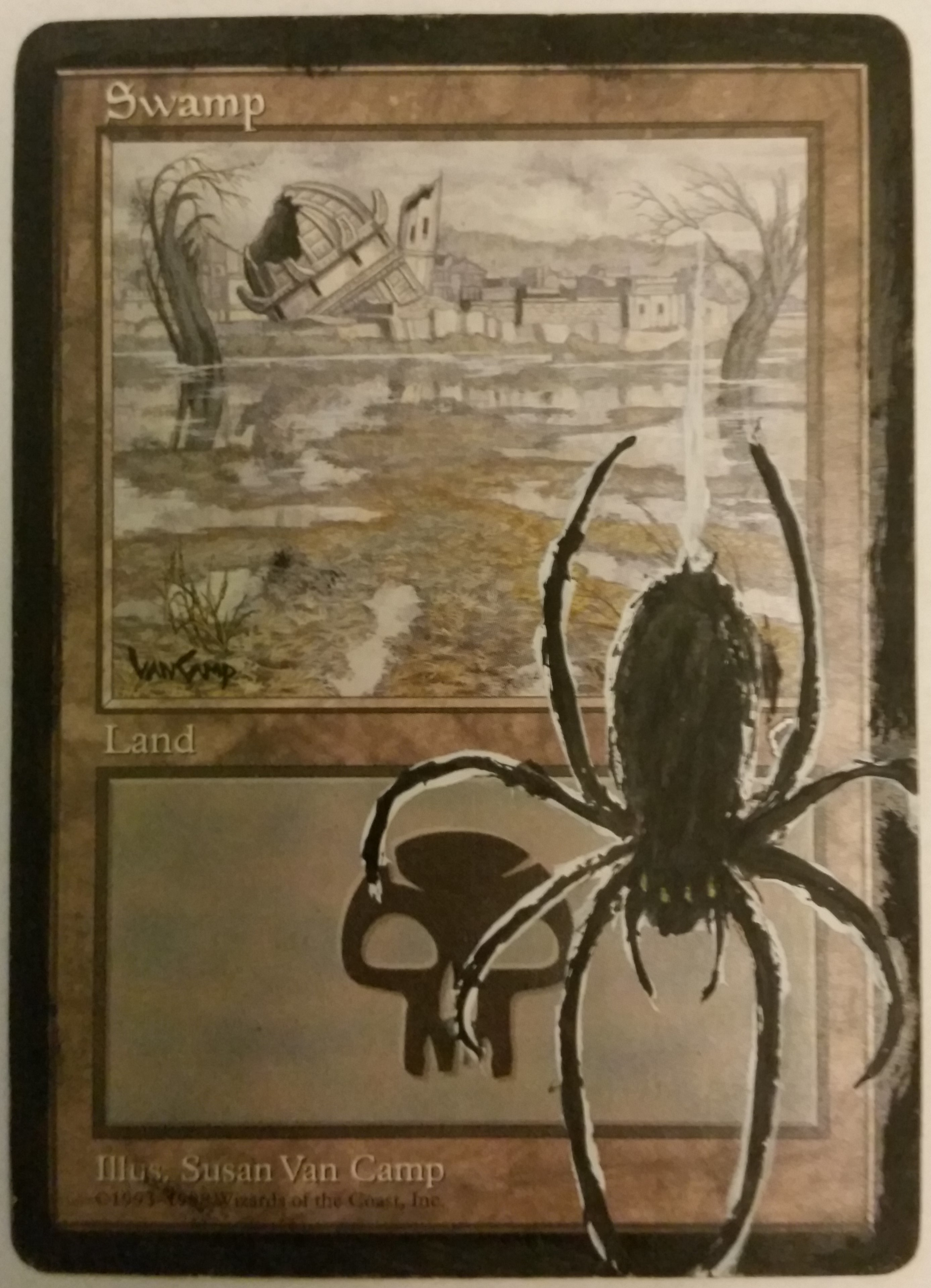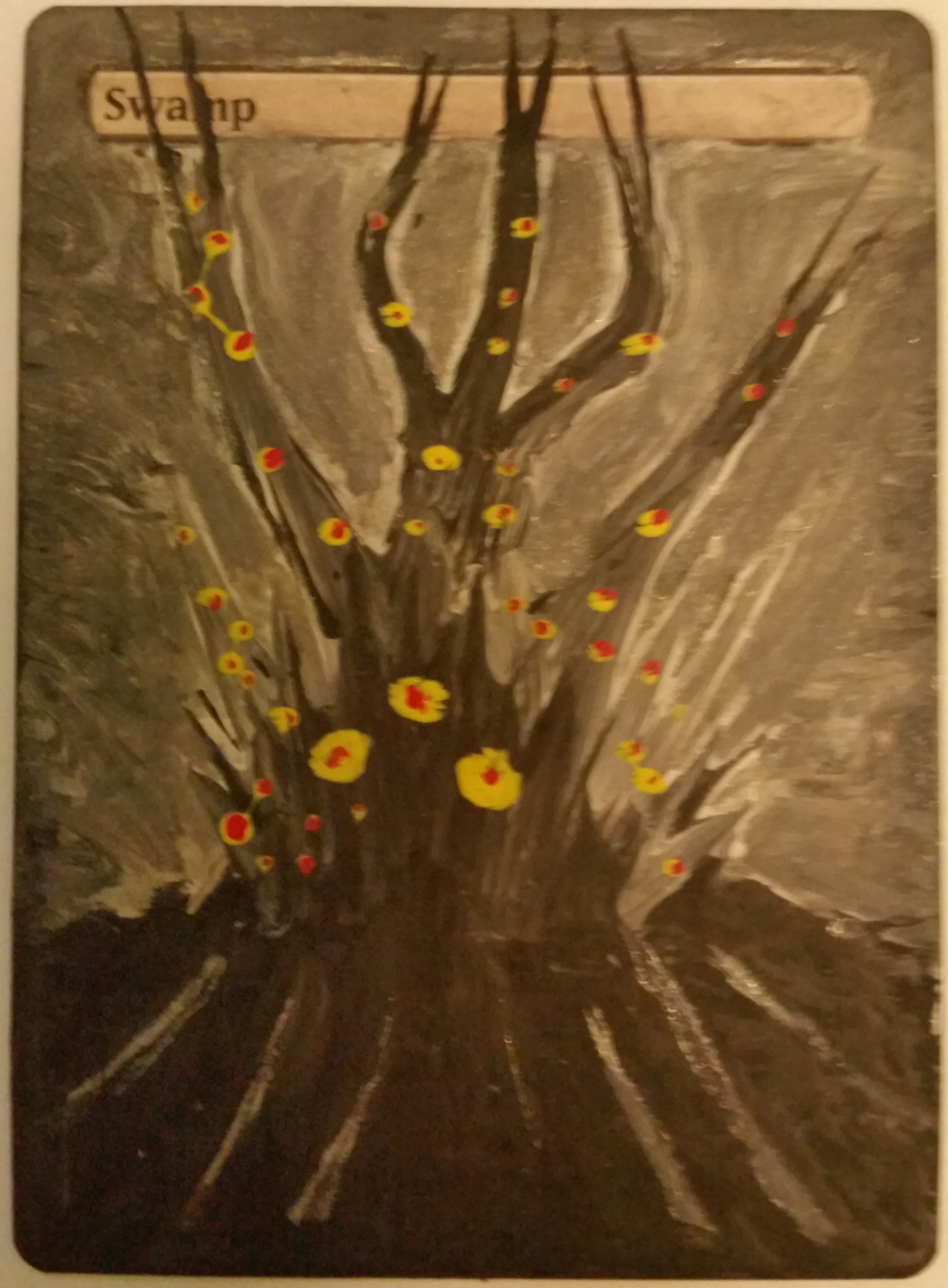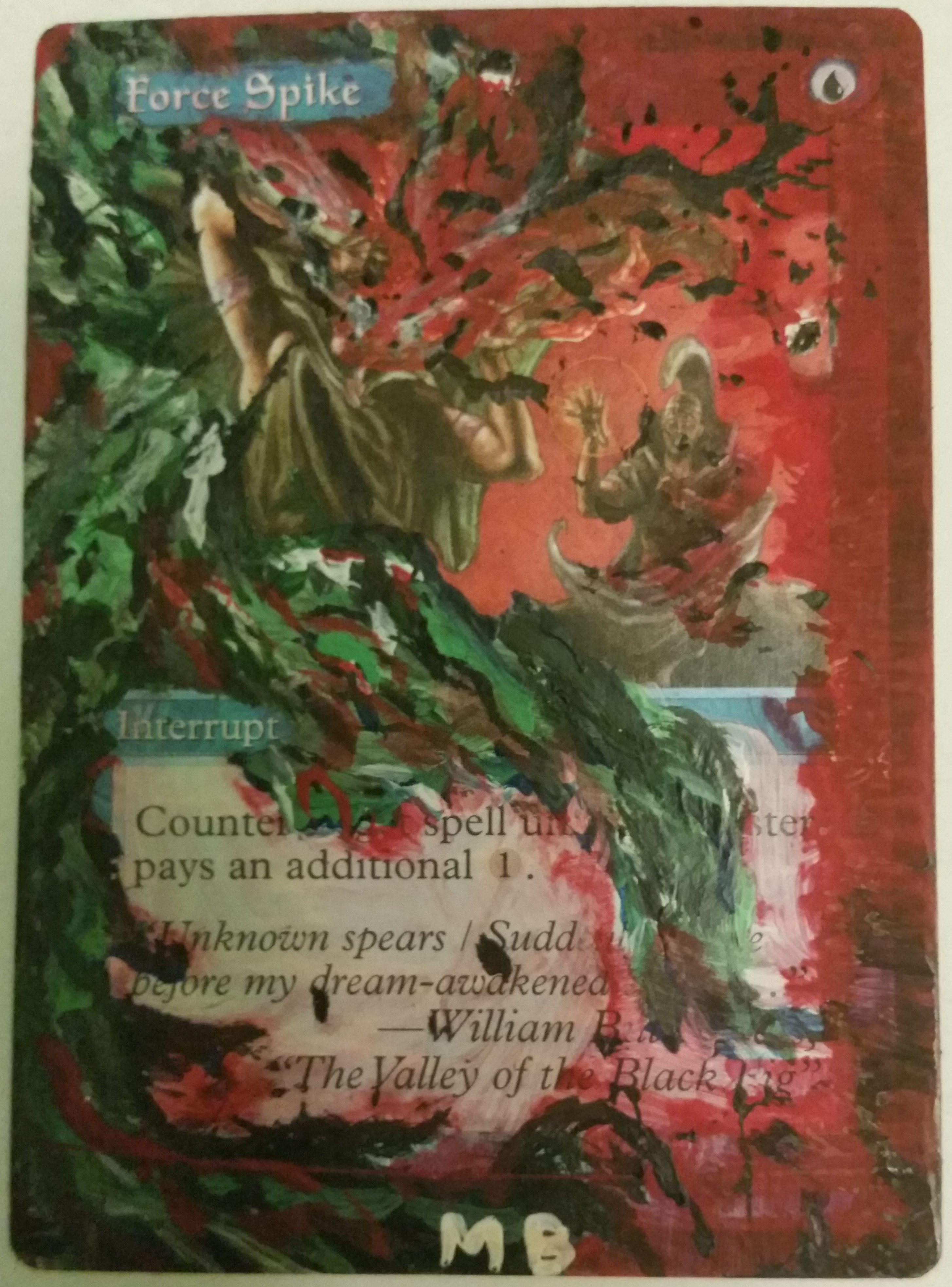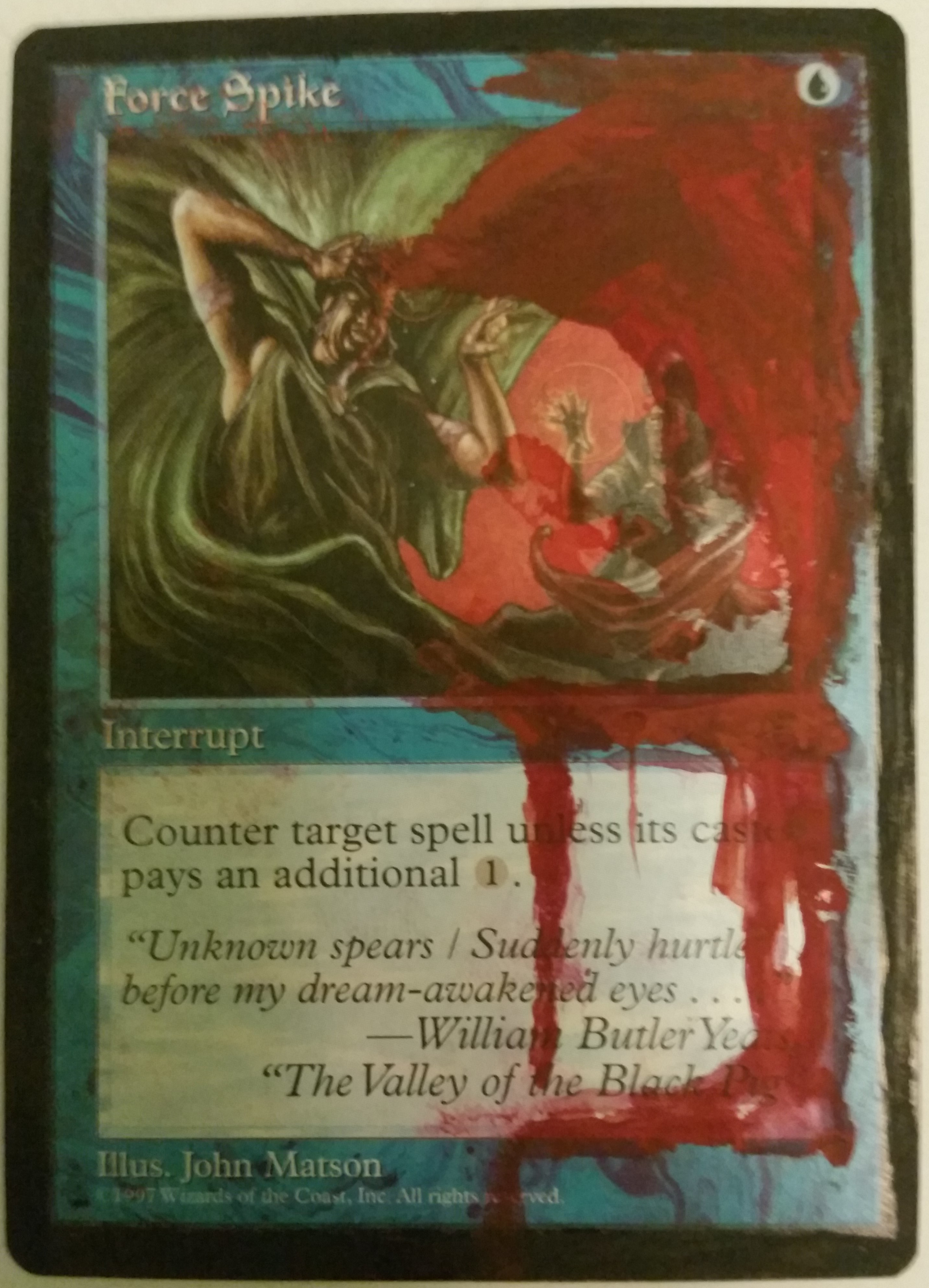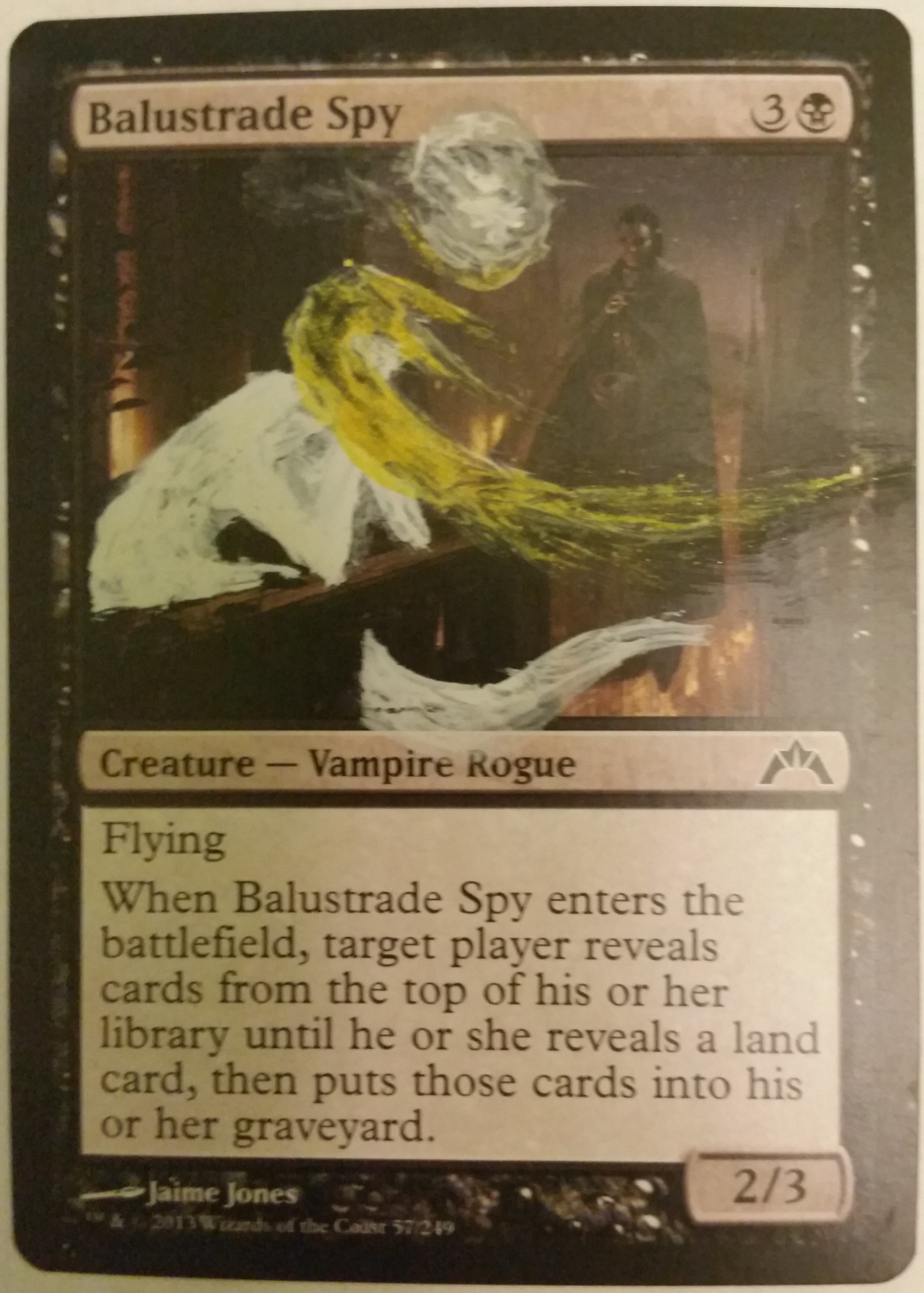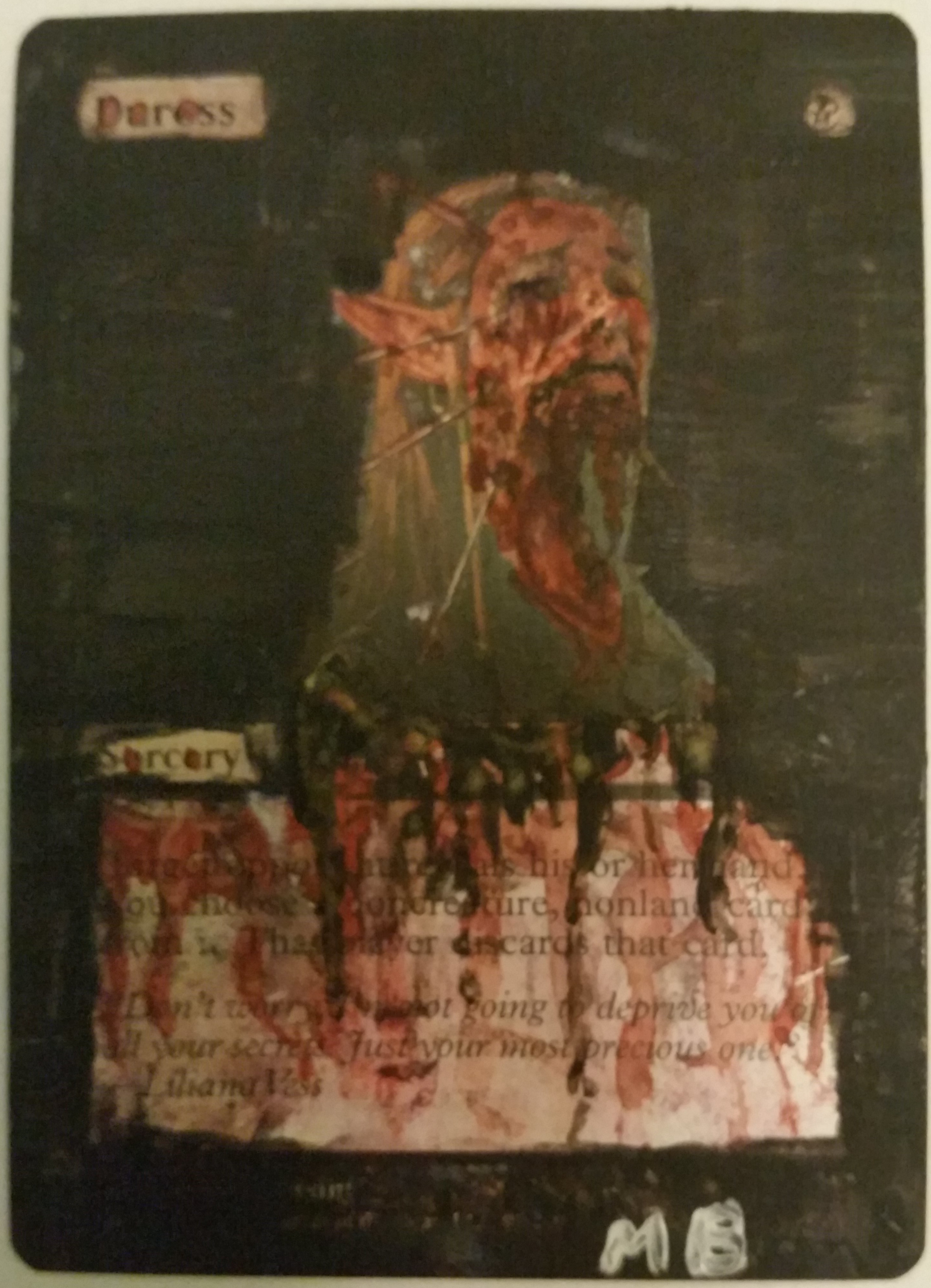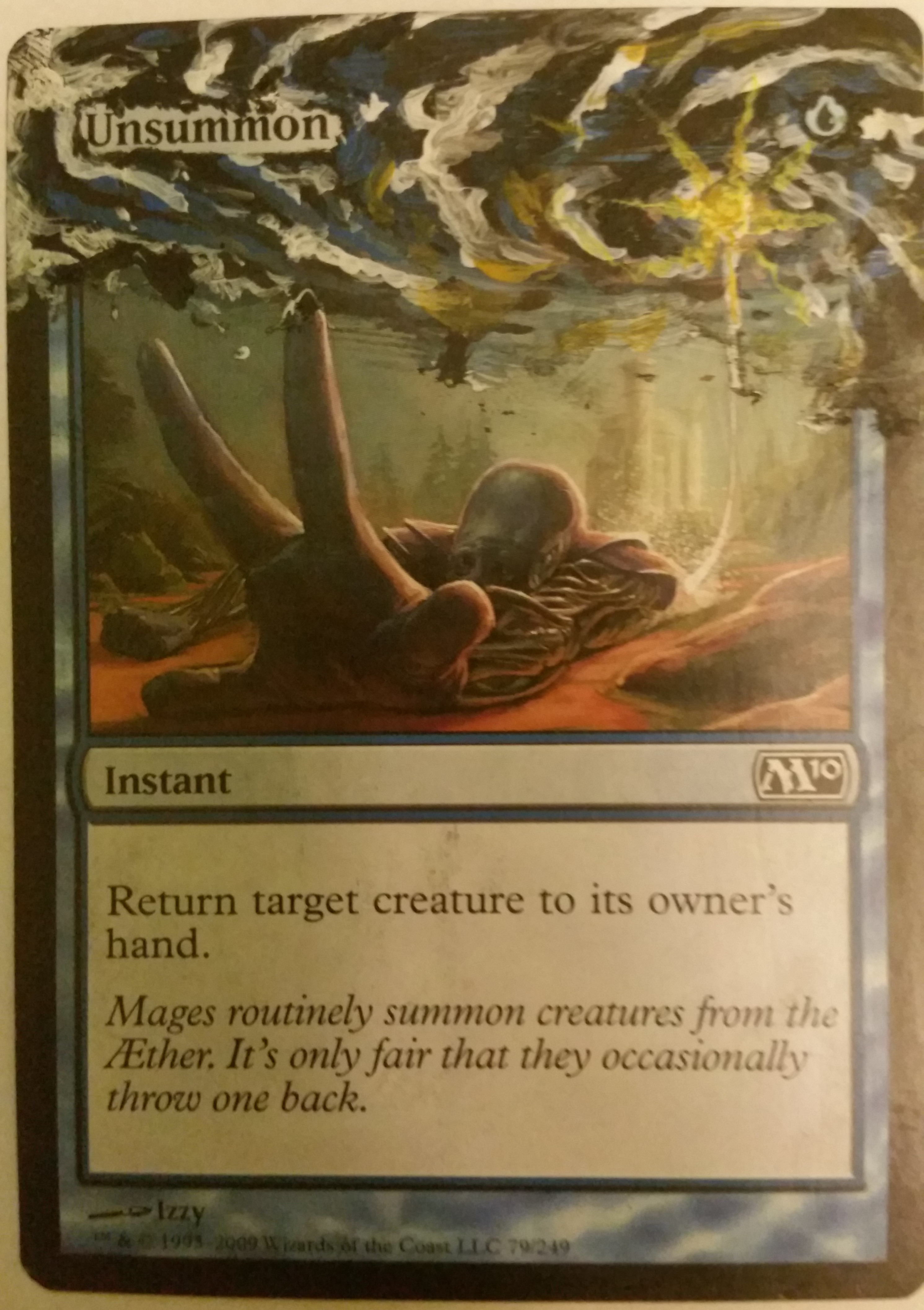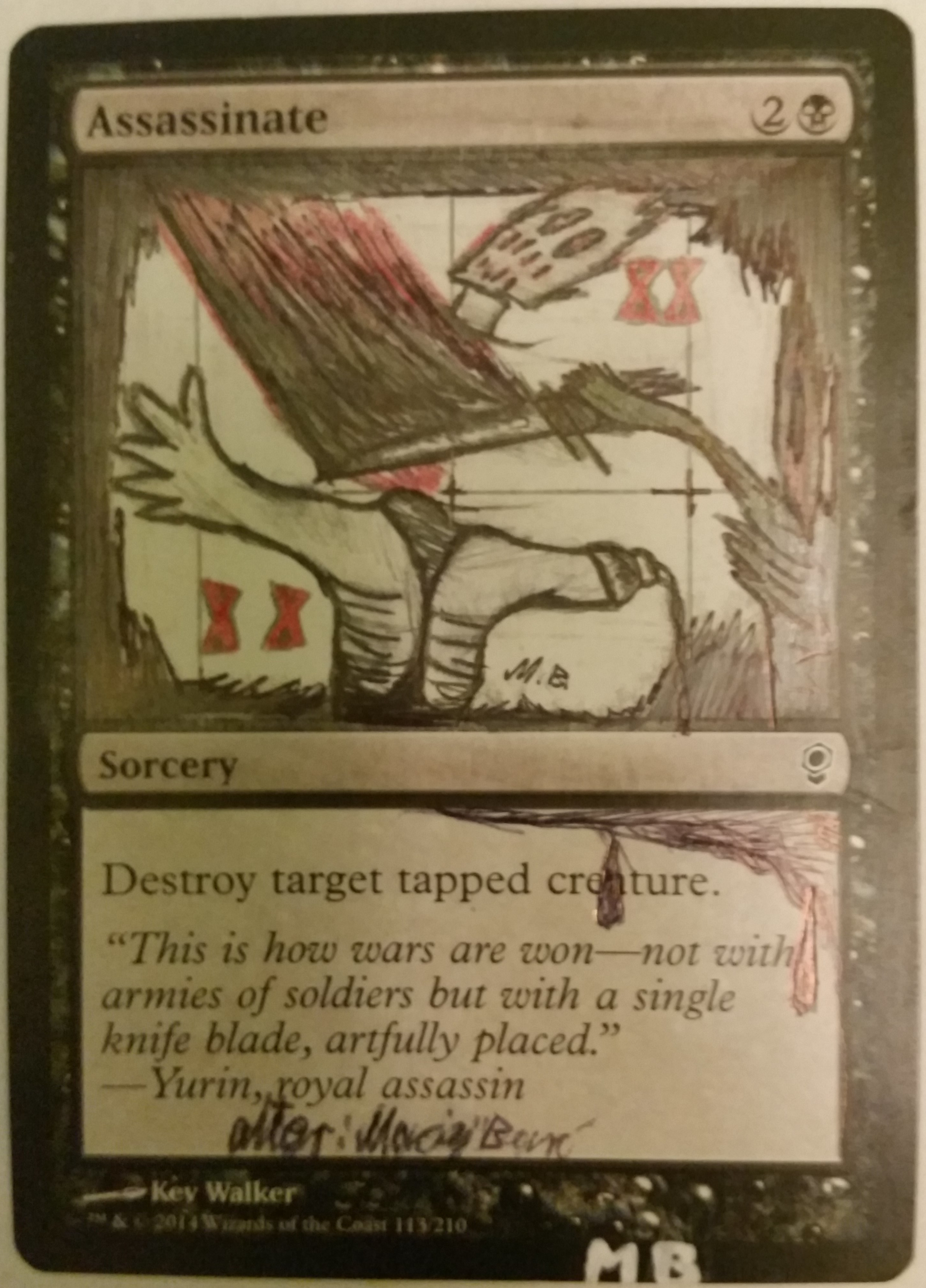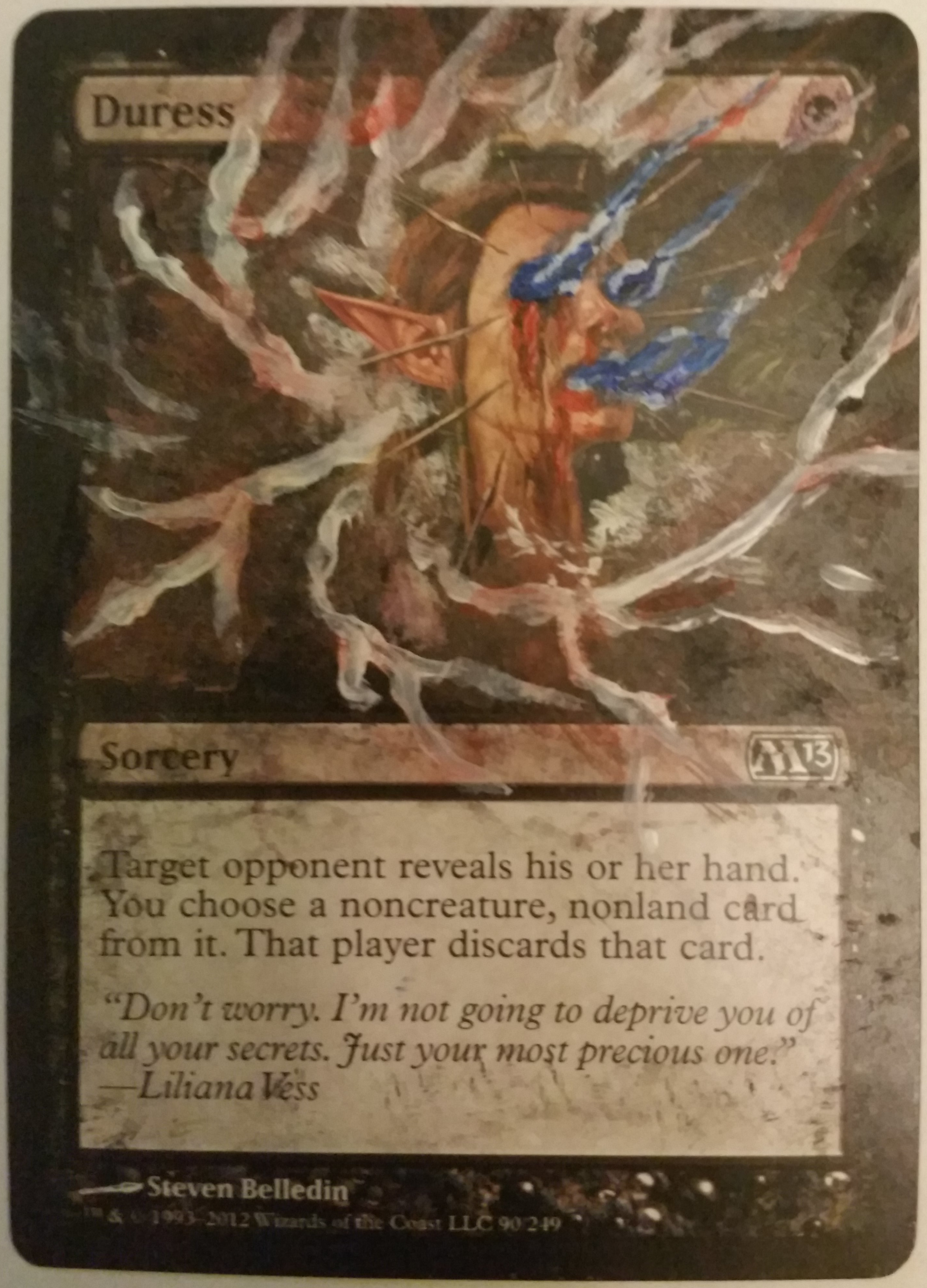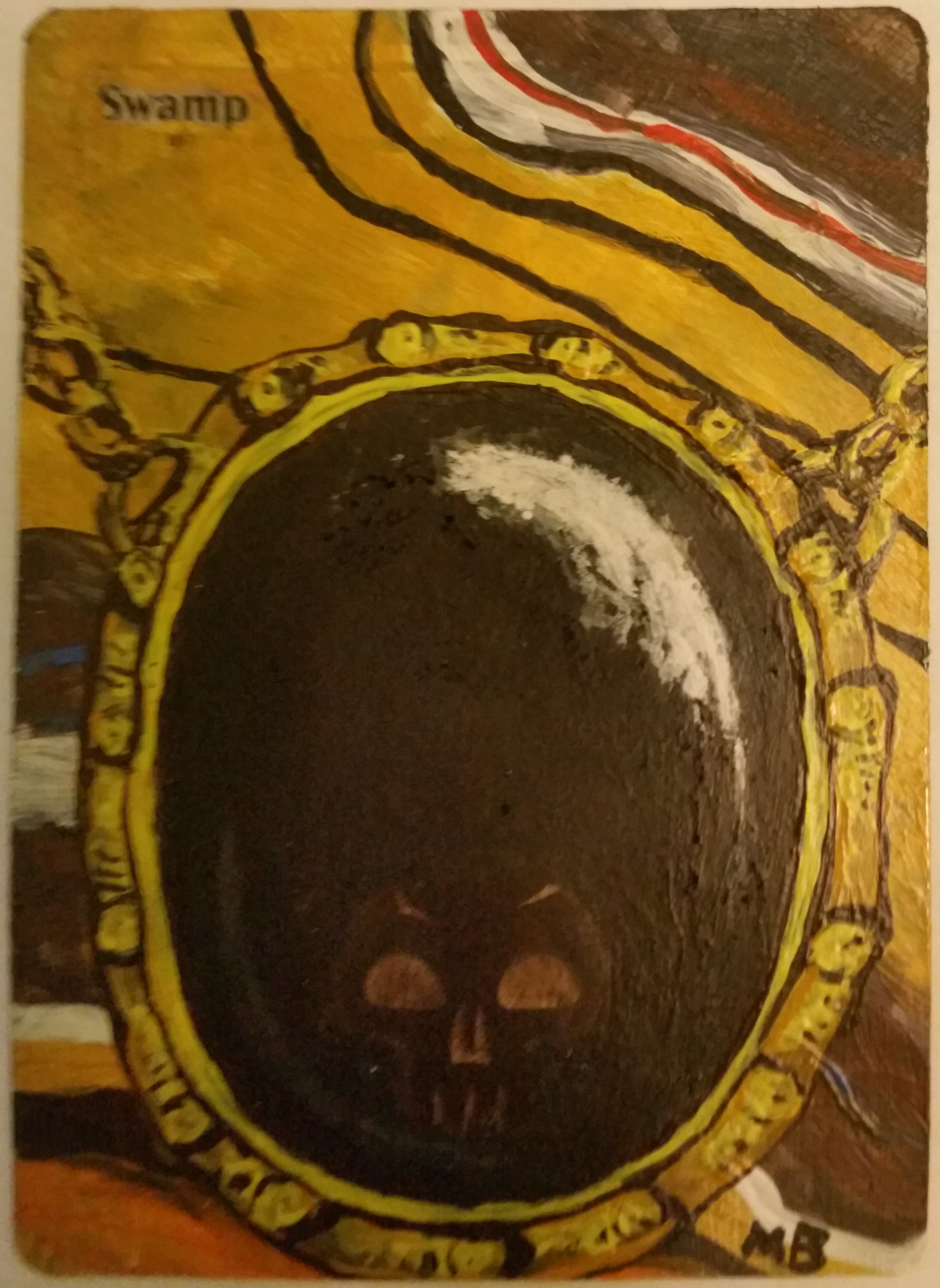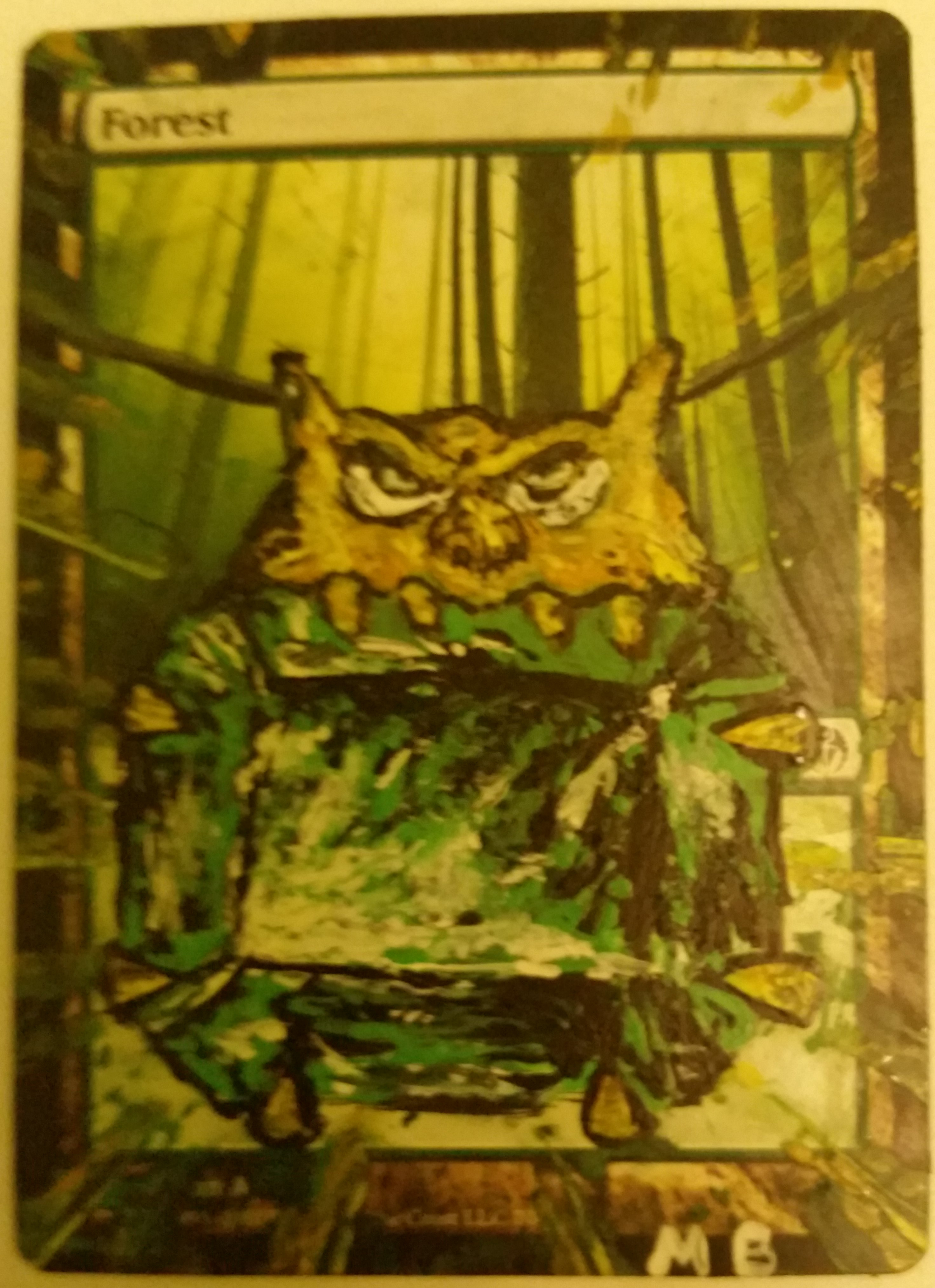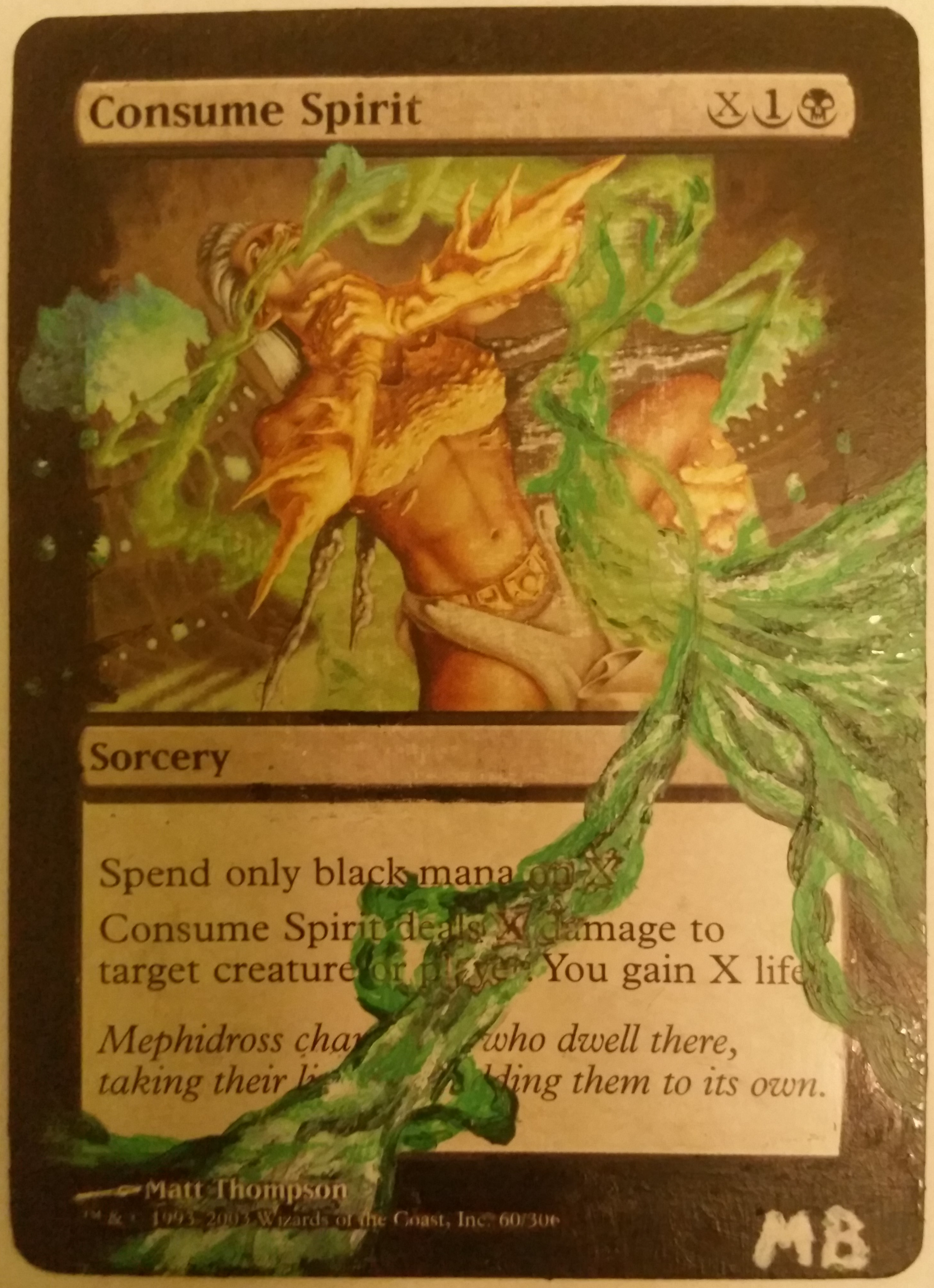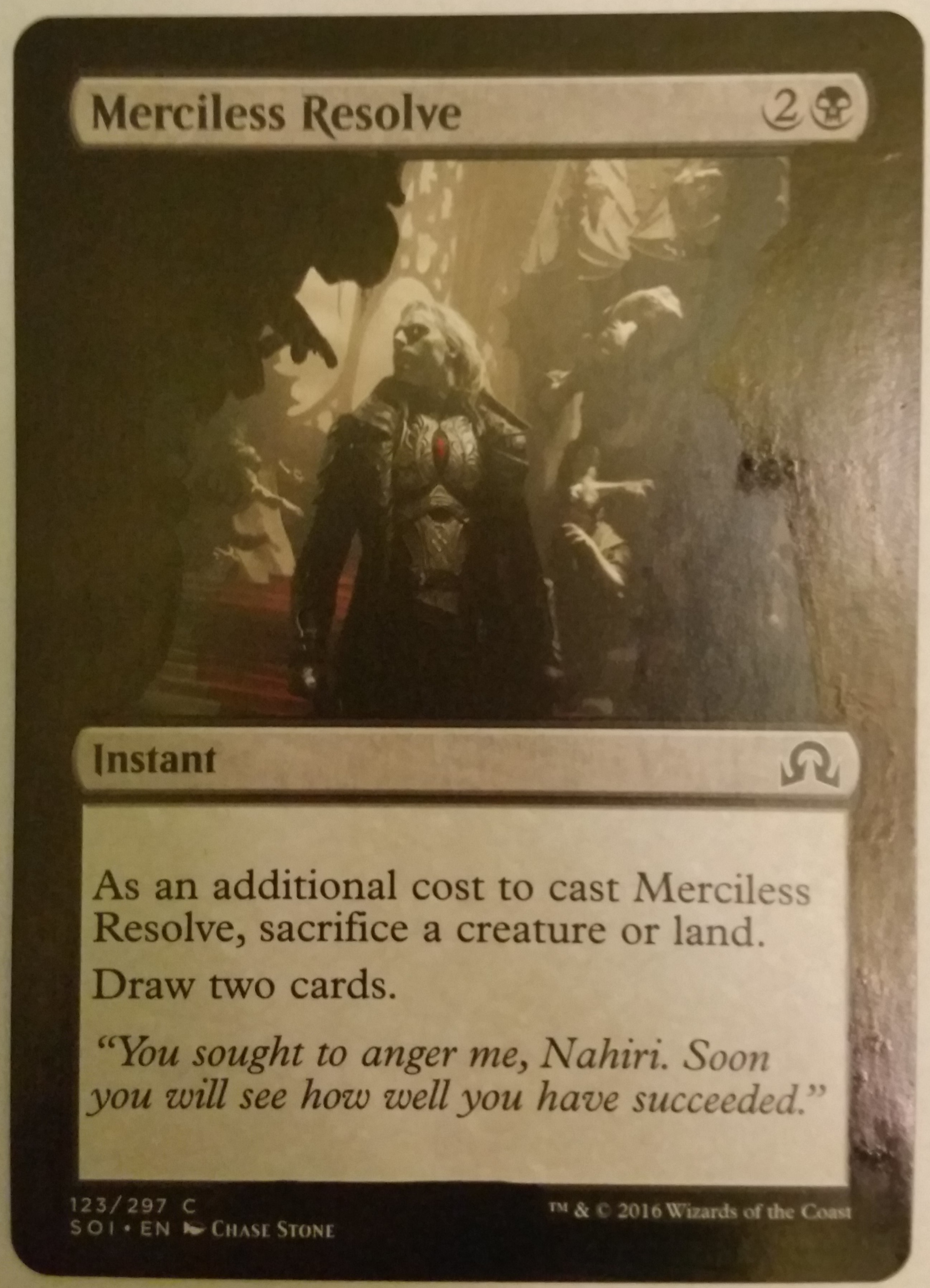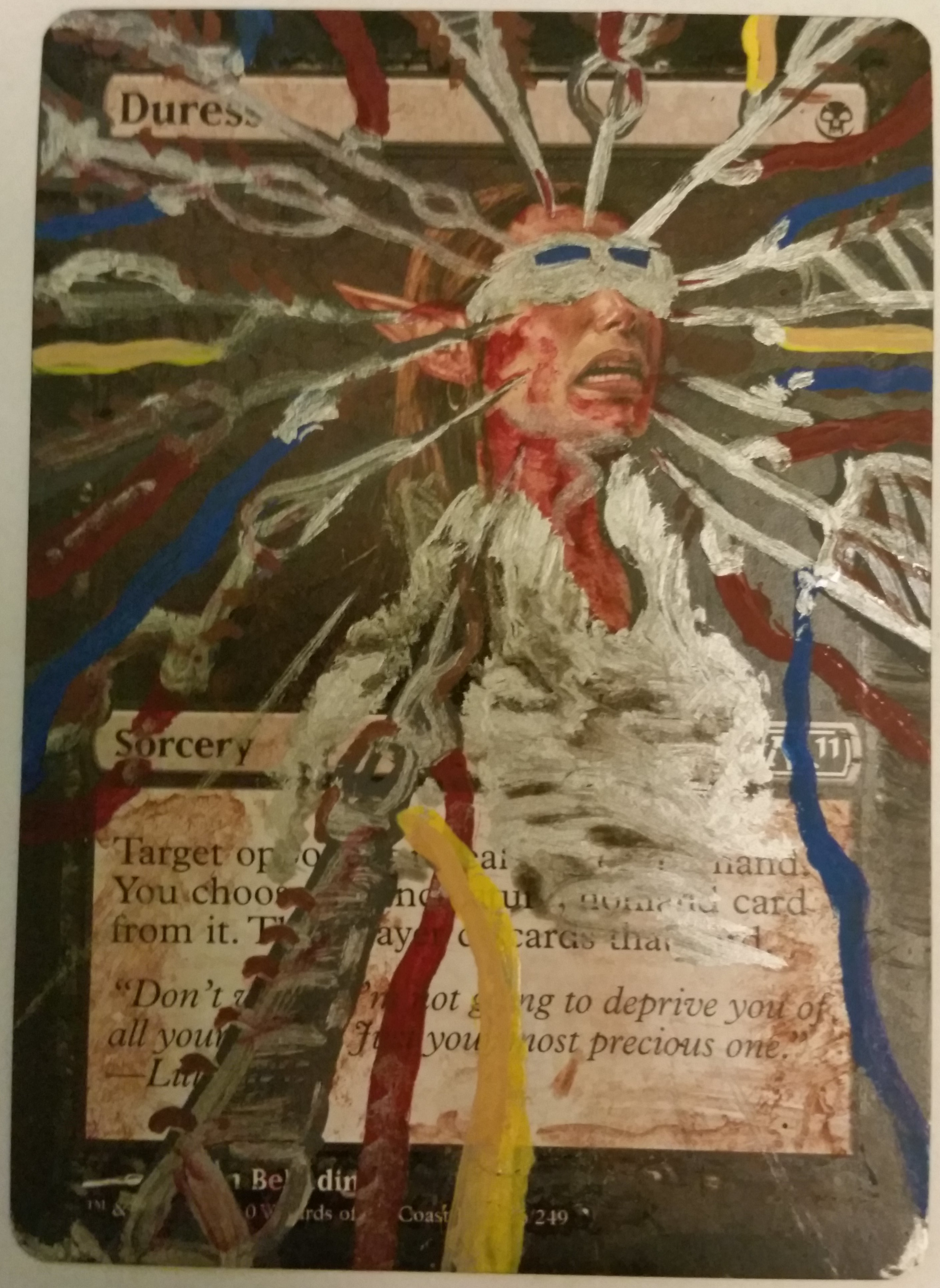Potential benefits
Running tests
- test BEFORE (
src_test) and AFTER (pkg_postinst) installation
- test if and how services break if they are not reloaded
- test buildsystem configuration
- sandbox enforces strict and consistent build rules
- benchmarking with different compilation flags and libraries versions/releases
Configuration matrix
We can test across Cartesian product of different configuration settings, like:
- USE flags
- MAKEOPTS
- CFLAGS, CXXFLAGS, CPPFLAGS, LDFAGS, RUSTFLAGS, etc.
- arches (cross-compilation or run in qemu)
- static linking
- supported releases & versions of libraries (eg. glibc & musl)
Also, we could create diffs of installed files across different merges.
Reproducibility
- mini overlay with ::gentoo or any other (eg. company's own) as master
- record VCS (eg. git) hash of the dependent overlays
Binaries
- grab dependencies from binhosts
- distribute built binaries (maybe upload to a company's own artifacts server)
- make AppImages
Getting there
How do we run this?
Do we want to write a proper tool, which we probably do or do we just run Portage + shells scripts?
Do we want to run under root, user, in eprefix, maybe all in docker?
Configuration files
The .portci directory contains the configuration.
Bug 799626
Link: bugs.gentoo.org/799626
Instead of using Ansible, Python, Yaml or Scheme we might use something similar to this for simple configuration, or if gets merged to upstream Portage the better.
Worth mentioning is the idea from Michał Górny who proposes to configure portage with toml files, like the example given in the bug report.
|
|
[package.unmask]
~virtual/libcrypt-2
[package.use.mask]
sys-libs/libxcrypt -system -split-usr
[package.use.force]
sys-libs/glibc -crypt
|
Also, package.x + Toml == a match made in heaven, it looks very nice!
Switching from a git repository hosting
For nearly 2 years I have been synchronizing settings between my Gentoo machines via a git repository that is installed system-wide via portage itself.
This actually gets a little tiresome and slow as the package that installs the configuration has to be re-installed each time we want to update the settings.
So I thought it could be cool if I can just push files around between my machines with one command. Now: we can use rsync or scp but /etc/portage is owned by root so we either have to change the permissions to a user we use to ssh or a group that user is in.
Portage users
First change portage permissions of /etc/portage, now all users in the portage group will be able to modify the configuration
|
|
chown -R root:portage /etc/portage
chmod -R g+w /etc/portage
|
Synchronizing
We can do a rsync from different machine with:
|
|
rsync -r /etc/portage REMOTEHOST:/etc --exclude=".git" --exclude="make.profile" --copy-unsafe-links
|
Reminder that this can also be done as a cron job!
Portage snapshots with git
Probably the best thing I got out of genlica is that I engineered a script to automatically do a git commit of the changes to the portage configuration.
Emerge git
|
|
emerge --noreplace --verbose dev-vcs/git
|
Copy the file that does the snapshots
|
|
mkdir -p /etc/portage/postsync.d
curl -o /etc/portage/postsync.d/99-degitmerge.sh "https://gitlab.com/xgqt/genlica/-/raw/master/portage/postsync.d/99-degitmerge.sh"
|
Make gallery-dl work like youtube-dl
A configuration file to download everything into current directory, like yotube-dl does.
File: ~/.config/gallery-dl/config.json
|
|
{
"directory": [],
"base-directory": "./"
}
|
How it should be?
I imagine that a web browser should have been a "window" to the Internet world that provides easy and efficient way to graphically access resources exposed by multiple protocols: HTTP(S), (S)FTP, Gopher, Gemini, etc…
How it is?
Only few protocols are supported!
Recently FTP support got "deprecated" in Firefox. It can still be enabled in by setting network.ftp.enabled to true.
FTP support is announced to be completely gone in FF 90.
Chrome dropped FTP some time ago.
BUT!
Luckily we have Emacs!
GNU Emacs has packages to support all kinds of protocols.
eww which is a simple HTTP(S) browser like w3m (also renders images)tramp allows you to access files by SSHelpher allows you to access Gemini and Gopher sites (graphically)ange-ftp allows you to connect to FTP servers- and finally
net-utils which wraps around system utilities to provide interactive mode for many protocols, ie.: gopher, irc, ntp, pop3, www
Also see: Fast-Racket at Racket's GitHub Wiki
Creating binaries
You can create portable binaries with Racket's raco command! Use raco exe and raco distribute.
More -> https://docs.racket-lang.org/raco/exe.html
Sample games
Racket provides a executable plt-games, when ran (from console) it opens a menu of miscellaneous games, among them: jewel, minesweeper, aces, spider, checkers. & more (20 games total).
Plots
You can plot data in 2d & 3d forms.
2D
Sample code:
|
|
#lang racket/base
(require racket/gui/base racket/math plot)
(plot-new-window? #true)
(plot (function sin (- pi) pi #:label "y = sin(x)"))
|
3D
Sample code:
|
|
#lang racket/base
(require racket/gui/base racket/math plot)
(plot-new-window? #true)
(plot3d
(surface3d (lambda (x y) (* (cos x) (sin y)))
(- pi) pi (- pi) pi)
#:title "An R × R → R function"
#:x-label "x" #:y-label "y" #:z-label "cos(x) sin(y)")
|
Browser
There's a included library to render web pages, just "(require browser)".
Sample code:
|
|
#lang racket
(require browser)
(open-url "https://xgqt.gitlab.io/")
|
FFI
You can use Racket's Foreign Function Interface to interact with non-Racket libraries to make use of very fast libraries written in (mainly) FORTRAN & C.
For example sci uses FFI for CBLAS & LAPACK.
Parallelism
For greater speed up with parallel execution there are futures, places and distributed places (for distributed programming).
Intro
Sage may be available on your distro but on Gentoo such frivolities for students are not there yet, so I had to install it the manual way.
User
I went to the Sage website, to the "download-source" link. The source mirror I picked was France.
Ok, so let's follow Sage Math build instructions and get it going
|
|
wget www-ftp.lip6.fr/pub/math/sagemath/src/sage-9.2.tar.gz
tar xvf sage-9.2.tar.gz
cd sage-9.2
./configure
make
|
And now, let's wait…
Portage
After a long, long, long time waiting I remembered that there existed a Gentoo overlay for Sage. And in the meantime I thought I'd try that solution instead since some good Gentoo people already did most of the effort.
Just a few files to edit…
File: /etc/portage/repos.conf/sage-on-gentoo.conf
1
2
3
4
5
6
7
8
9
10
11
12
13
14 |
# -*- conf -*-
[sage-on-gentoo]
auto-sync = yes
location = /var/db/repos/sage-on-gentoo
priority = 999
sync-git-clone-extra-opts = --depth=999999999 --no-shallow-submodules --verbose
sync-git-pull-extra-opts = --verbose
sync-type = git
sync-umask = 022
sync-uri = https://github.com/cschwan/sage-on-gentoo.git
sync-user = root:portage
|
File: /etc/portage/package.accept~keywords~/zz-sage
1
2
3
4
5
6
7
8
9
10
11
12
13
14
15
16
17
18
19
20 |
# -*- conf -*-
sci-mathematics/sage **
*/*::sage-on-gentoo
dev-python/cvxopt
media-gfx/tachyon
sci-libs/bliss
sci-libs/dsdp
sci-libs/fflas-ffpack
sci-libs/fplll
sci-libs/libhomfly
sci-libs/linbox
sci-libs/m4rie
sci-mathematics/glpk
|
File: /etc/portage/package.use/zz-sage
1
2
3
4
5
6
7
8
9
10
11
12
13
14
15
16
17
18
19
20 |
# -*- conf -*-
sci-mathematics/sage -doc-html -doc-html-bin
sci-mathematics/sage -doc-pdf -doc-pdf-bin
sci-mathematics/sage -jmol
sci-mathematics/sage X bliss meataxe
dev-python/pplpy doc
sci-libs/cddlib tools
sci-libs/pynac -giac
sci-mathematics/eclib flint
sci-mathematics/flint ntl
sci-mathematics/glpk gmp
sci-mathematics/gmp-ecm -openmp
sci-mathematics/lcalc pari
sci-mathematics/maxima ecls
sci-mathematics/pari gmp doc
|
Now - let's build Sage with Portage!
>>> Emerging (1 of 100) sci-mathematics/cliquer–1.21::gentoo
At least I know more or less how long I'm going to wait and know what exactly fails to build, if anything does.
Final
Build
$ qlop -tv sage
> 2021–03–23T20:49:12 >>> sci-mathematics/sage–9999: 55′04″
Git stats
Overlays
This info we can easily gather with executing:
Gentoo' HEAD: 33f2d770c28307b1e9a1199c681e1c543602c6d4
Sage-on-Gentoo's HEAD: f7eac5b7e1a844132164b7593dab85cd87918664
Sage
Sage repository's HEAD (because we are using the live (9999) ebuild):
|
|
cat /var/cache/distfiles/git3-src/sagemath_sage.git/refs/heads/develop
|
Which returns: 5cb72aade9b297c10bb0f1ae8529466e5b5eb41d
Story
In 2013–2017 I was very interested in Trading card game “Magic: the Gathering”. I started playing during the release of Theros and quit somewhere during Shadows over Innistrad. I still keep a small collection of alternative artwork that I have painted on the cards.
Binder
Those are pages from the binder I store the card in. Also a lone “Obsession” resource card from The Spoils.
Cards
This list is sorted by the time I created the alter-art. I do this from memory so it’s probably not accurate.



